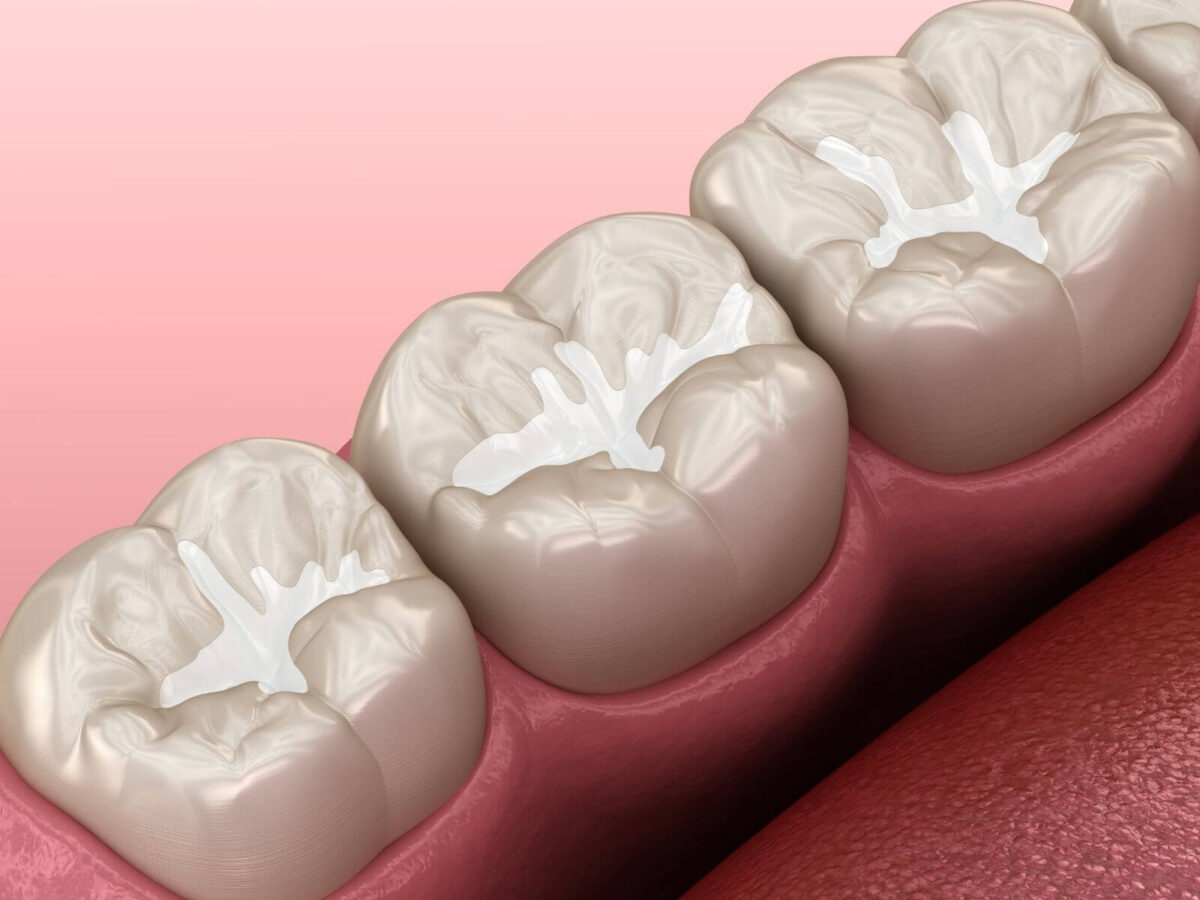Are you trying to hide your smile from group photos? Most people with unstructured teeth or uneven smiles want to hide their smiles by keeping their lips shut. They try to avoid conversations or avoid public speaking in general. While this might save them from embarrassment in a few instances, this cannot go on forever.
A permanent solution to transform your smile can boost confidence in your personality. You can talk, smile, and enjoy conversations without being hesitant. Restorative dentistry has transformative procedures to convert your unstructured, discolored teeth into healthy smiles.
This article will explain why your smile is essential for your personality. You can learn effective strategies to rebuild your smile and restore oral functions. Let us explore restorative dentistry in depth to understand its use case in detail.
Restore Smiles With Common Procedures
- Fillings: Dental fillings are useful for tooth decay or cavities. These are dental fillers that help you use teeth after tooth decay. A composite or amalgam filling is filled into your empty tooth pocket to provide strength and support while chewing.
- Crowns: People with weak or broken teeth need to restore their size and shape of teeth. Dental crowns are caps that can cover and protect the tooth. It enhances aesthetics and strength.
- Bridges: Most people with missing teeth avoid smiling out of embarrassment. A dental bridge connects two teeth using fixed prosthetics. It can help with speech impairment or chewing issues. It improves appearance and oral function without invasive procedures.
- Dental Implants: They can be an excellent solution for you if you have one or two missing teeth. They are permanently attached to your jaw and screwed in it. It involves surgical placement that can last over a decade with proper hygiene.
- Dentures: People with more than a few missing teeth need a more stable solution than a dental bridge. They can use partial or complete dentures to support their oral function. This improves their smile aesthetics and has minimal side effects.
- Root Canals: A root canal procedure is useful if your tooth pulp gets infected. It can help you with inflamed and infected gums and help you save your tooth. It also provides pain management and can restore oral functionality to a certain extent.
Restorative Dentistry and its Services
Restorative dentistry is a type of diagnosis and management of dental problems to minimize risks and increase oral function. Its secondary concern involves aesthetics and smile restoration. It is better to consult a cosmetic dentist to enhance your smile if you do not have a dental issue associated with your smile.
This dentistry involves procedures that help your teeth achieve strength, function, shape, and aesthetics for your smile.
How Restorative Dentist Improves Your Smile?
- Restores Function: Missing teeth make it difficult to chew or talk effectively. It also makes oral hygiene a challenge. A restorative dentist can restore oral function and strengthen your weak teeth. You can improve your quality of life and repair your damaged teeth properly.
- Oral Health: Your oral health is an essential part of your body. Restorative dental care can help you improve gum or oral diseases. You can easily identify them quicker and prevent severe complications in the future.
- Boosts Self-Confidence: Your smile is a massive part of your personality. A smiling face displays confidence, and this is possible with restorative dentistry. Once your oral problems are fixed, you can smile confidently and improve your overall personality.
- Prevents Potential Damage: Crowns and fillings protect your teeth from future damage. You can also provide support to your weaker teeth using a dental crown. You can prevent many similar dental problems in the future using restorative dentistry procedures.
- Enhances Aesthetics: The most natural-looking results for an aesthetically pleasing smile are possible with restorative procedures. You can enjoy a seamless blended smile that looks and works naturally. You can enjoy a good-as-new smile and smile without hesitation.
When Do You Need Restorative Procedures?
People need to restore their smiles due to a variety of reasons. Most have difficulty chewing and talking or have weaker teeth that make it difficult to bite food. A restorative procedure can help you with multiple problems with one solution. There are various procedures that can help you with your specific dental issue and restore function effectively.
- If you have any of these problems, consult your dentist for a
- restorative procedure:
- Broken or fractured teeth
- Decayed teeth
- Crooked teeth
- Tooth loss
- Discolored teeth
- Overcrowding and gaps between teeth
- Cavities
- Gum disease
People with many other serious symptoms need restorative care. They often ignore these or look for pain remedies to manage symptoms. Some common signs are chipped or cracked teeth or tooth sensitivity. You should consult an expert restorative dentist to get a proper diagnosis if you have the following signs:
- Grey or darker lines along a gumline
- White patches on the tooth
- Dark red, inflamed, sensitive, or bleeding gums
- Excessive worn teeth
- Sore, achy, or tight-feeling jaws
Smile Confidently with Restorative Care
Your smile reflects confidence in your personality. People who are hesitant to smile fail to connect with other individuals and continue a deep conversation. It affects people personally and professionally on all fronts. It is essential to restore oral function and flaunt your smile.
Restorative care can improve your ability to eat or talk. It also provides you with a pain-free and aesthetic experience with an effective oral care routine. You can resolve multiple oral problems with one or two restorative procedures. You can transform your lifestyle and explore the world with confidence.
You can contact Elgin Dentist TX to learn more about restorative dental procedures. You can also get expertise and guidance about better oral care and hygiene. With effective tips, you can improve and rebuild your smile and boost your oral function.




